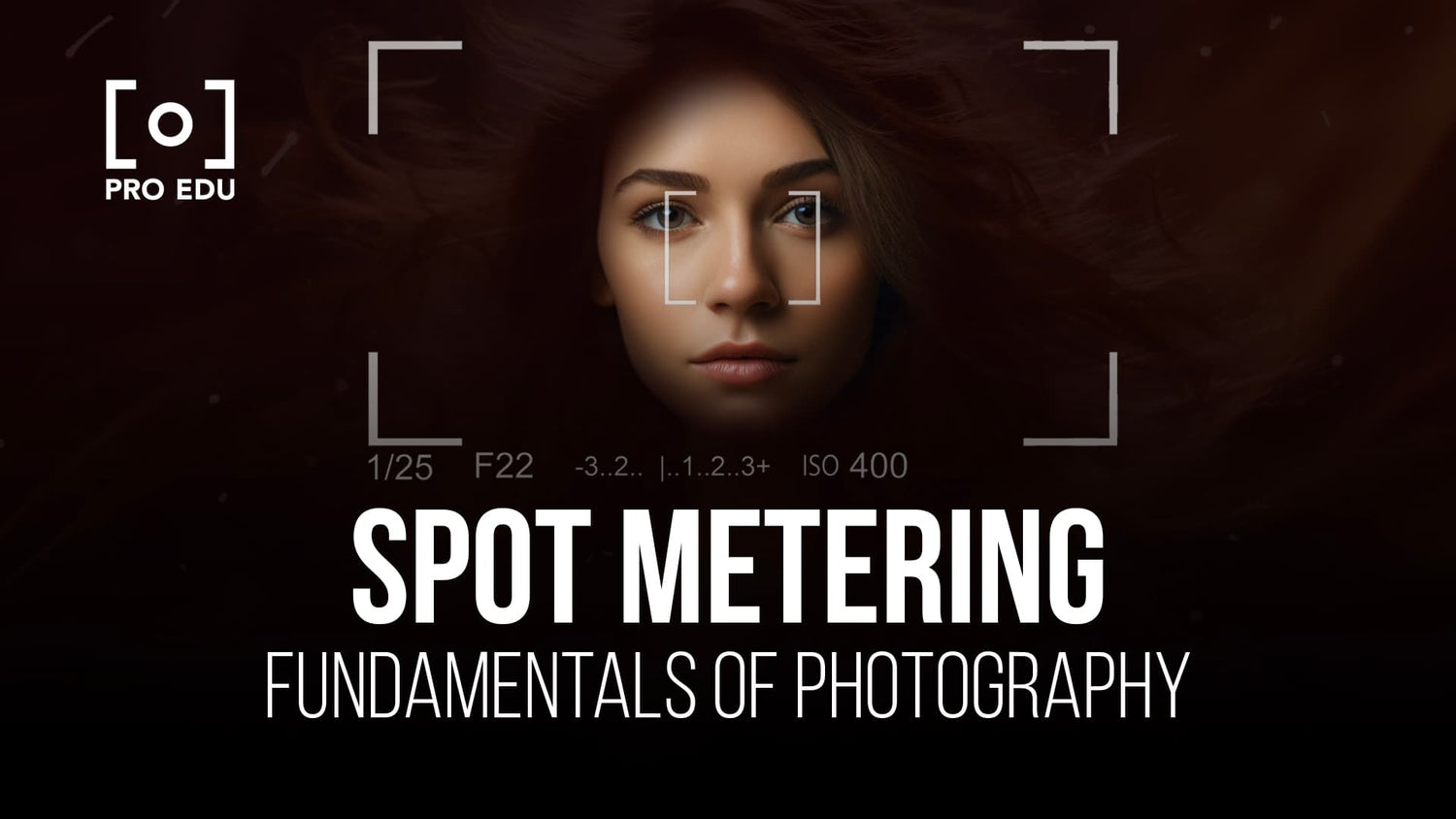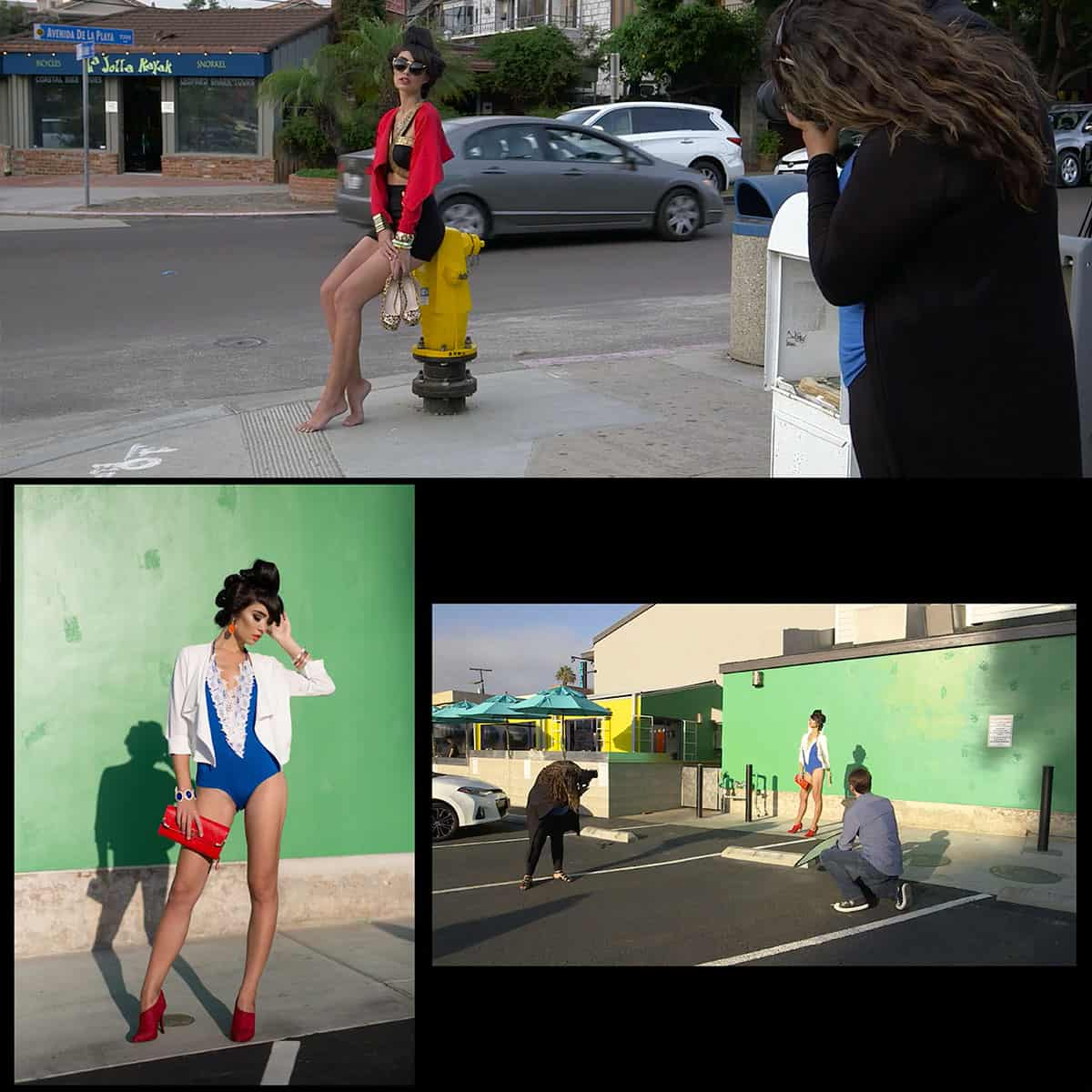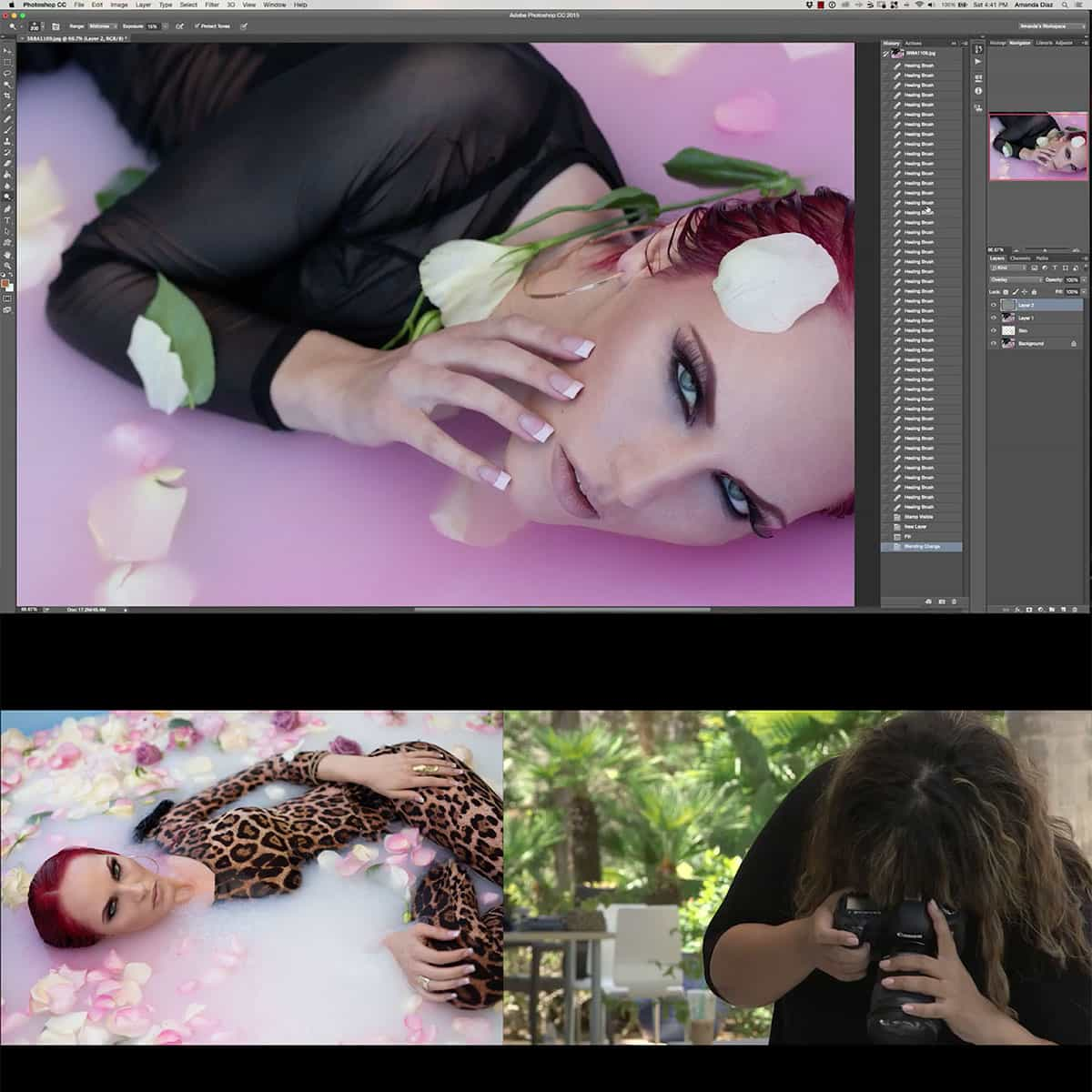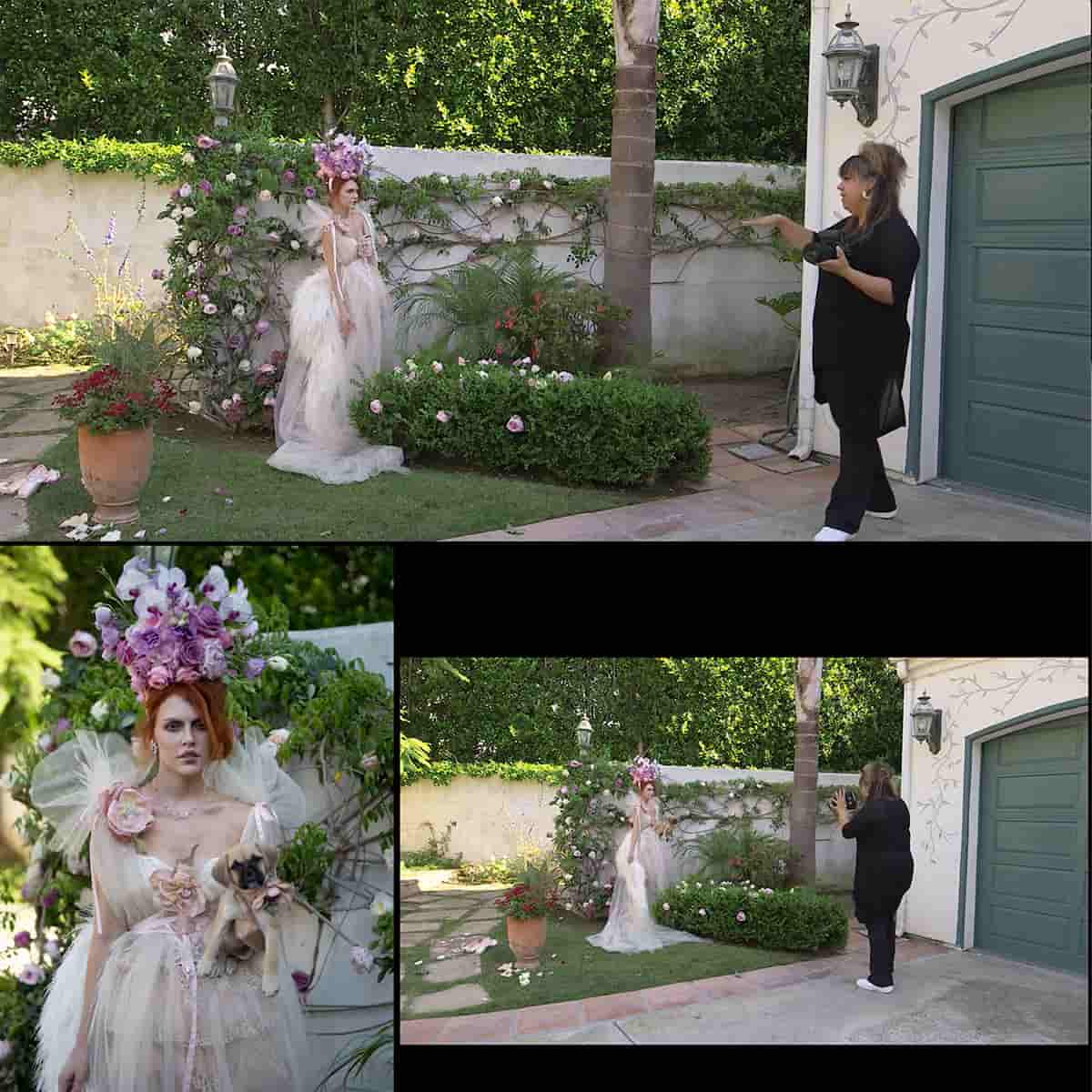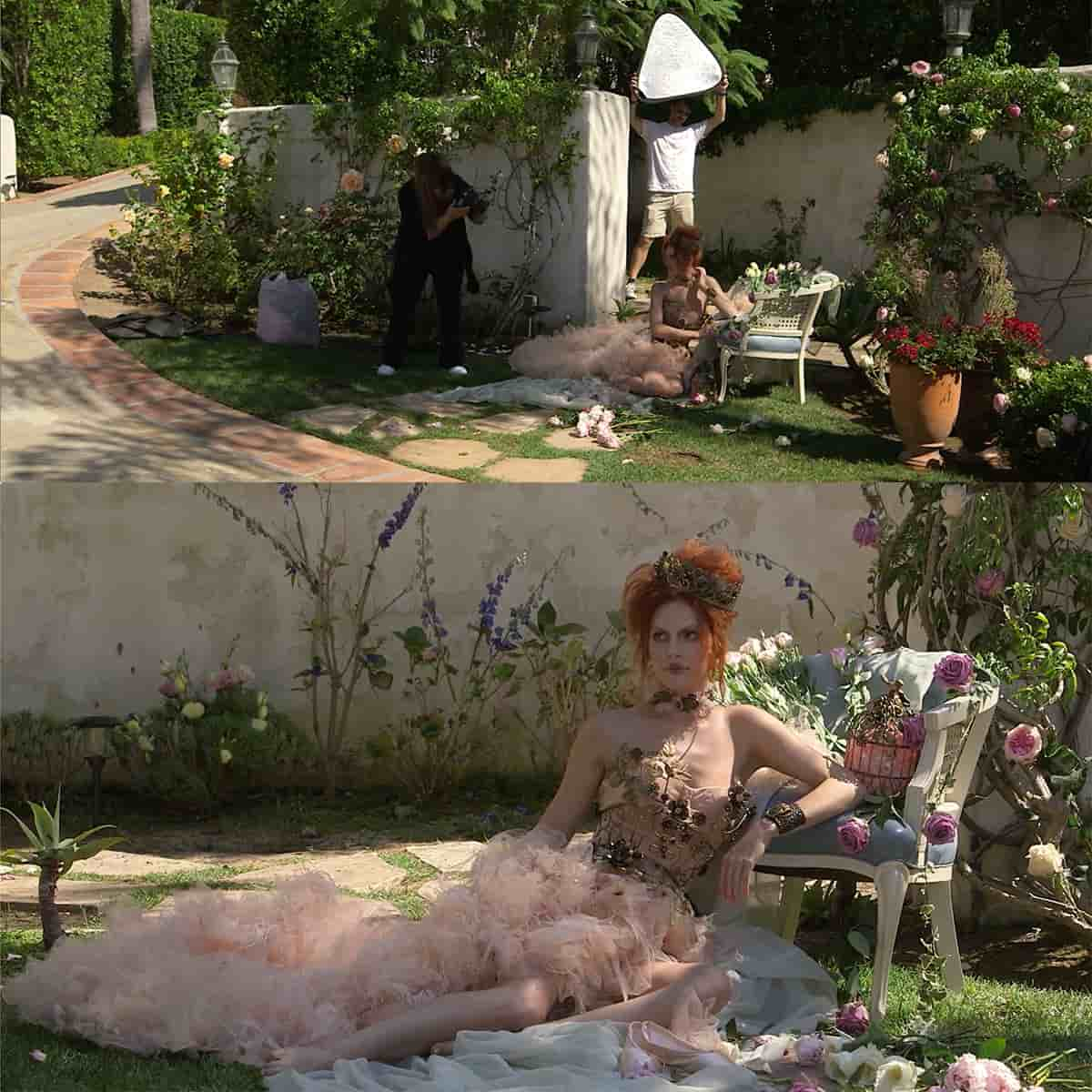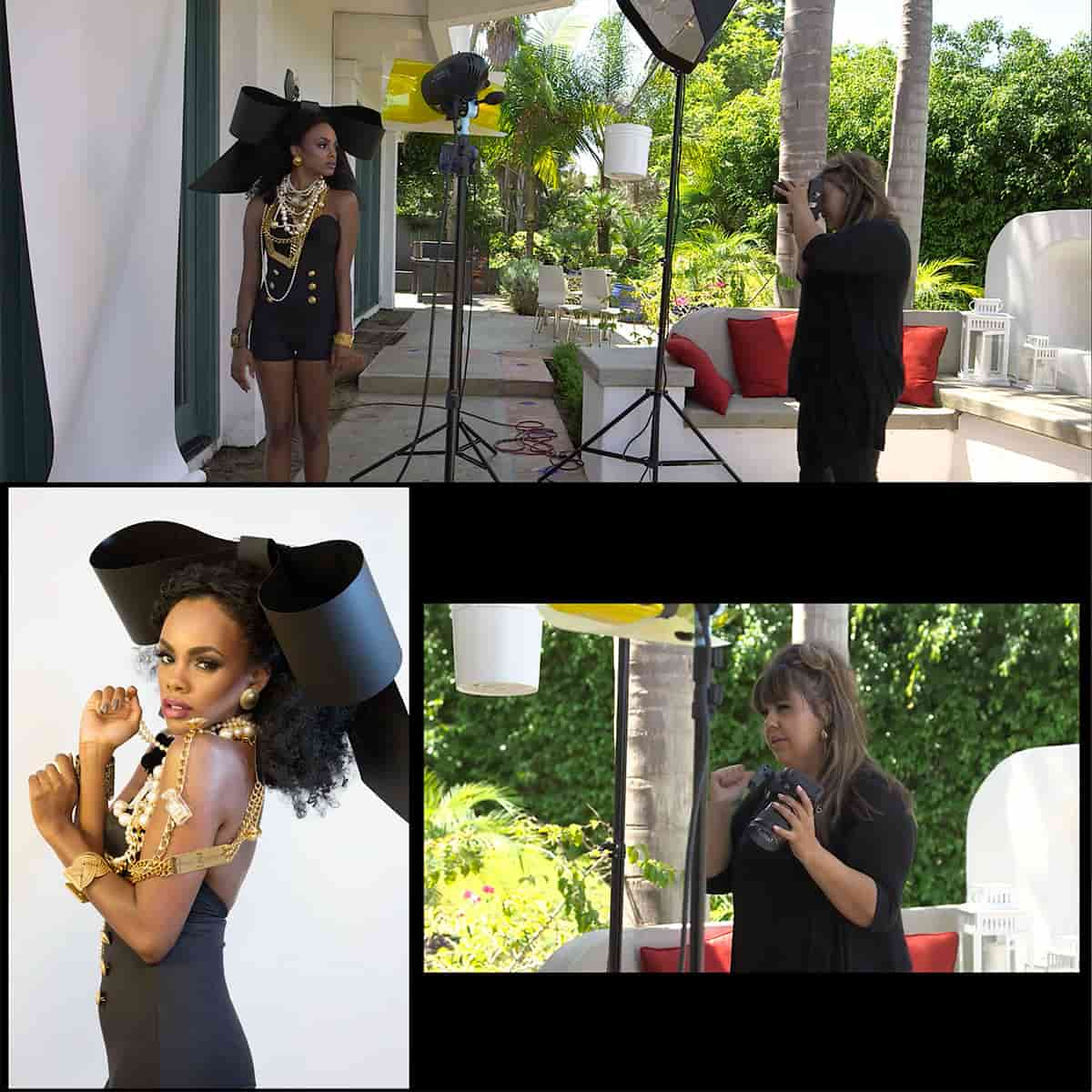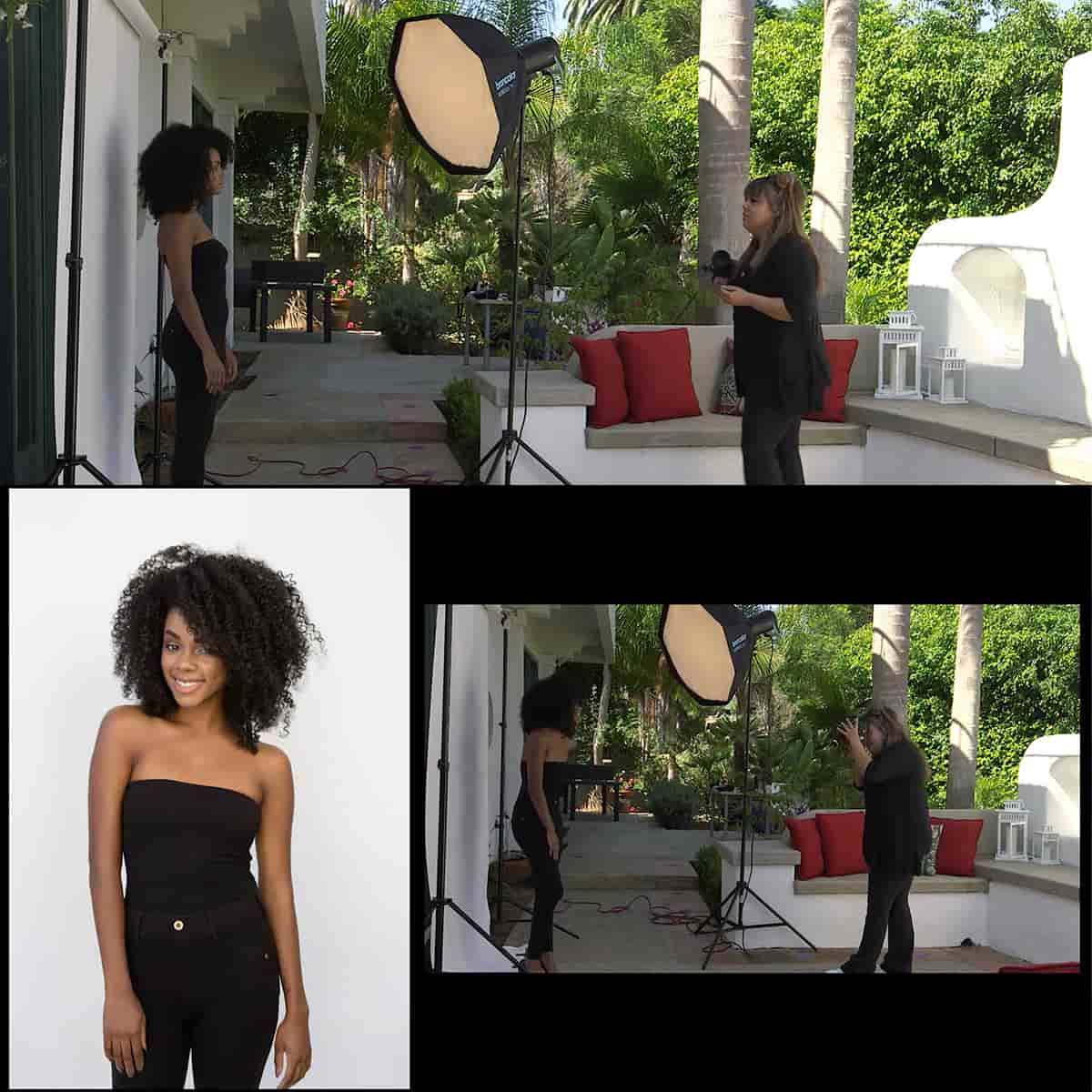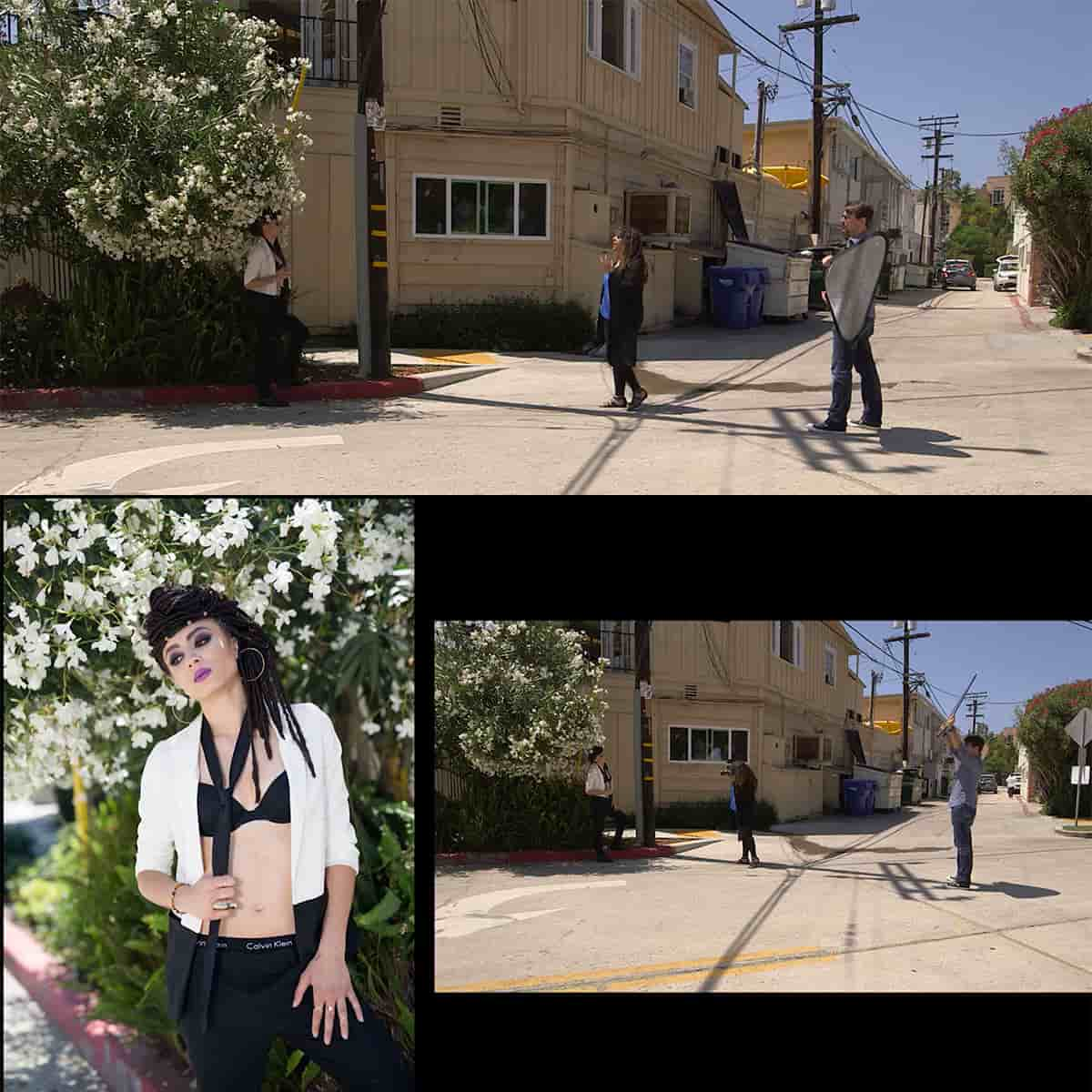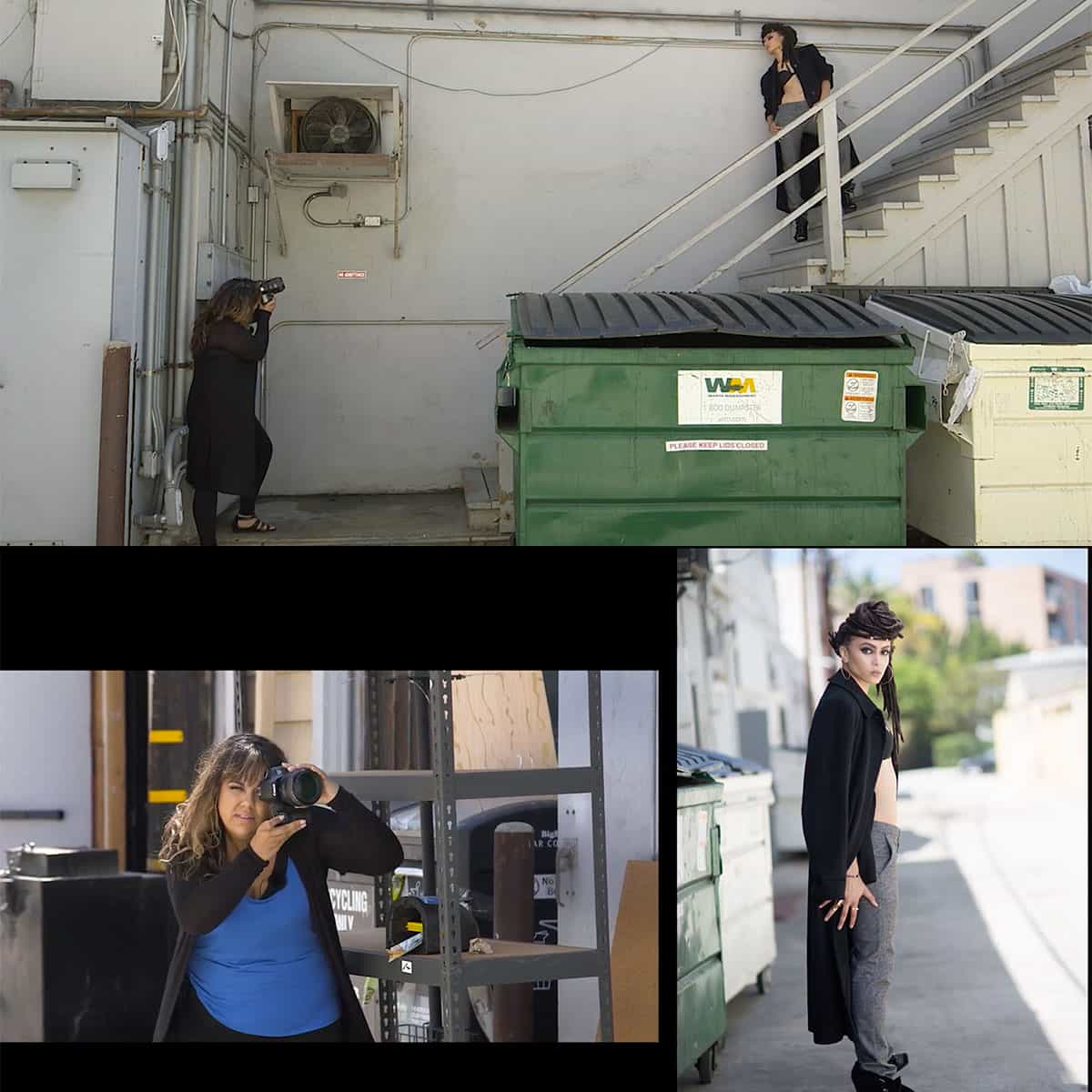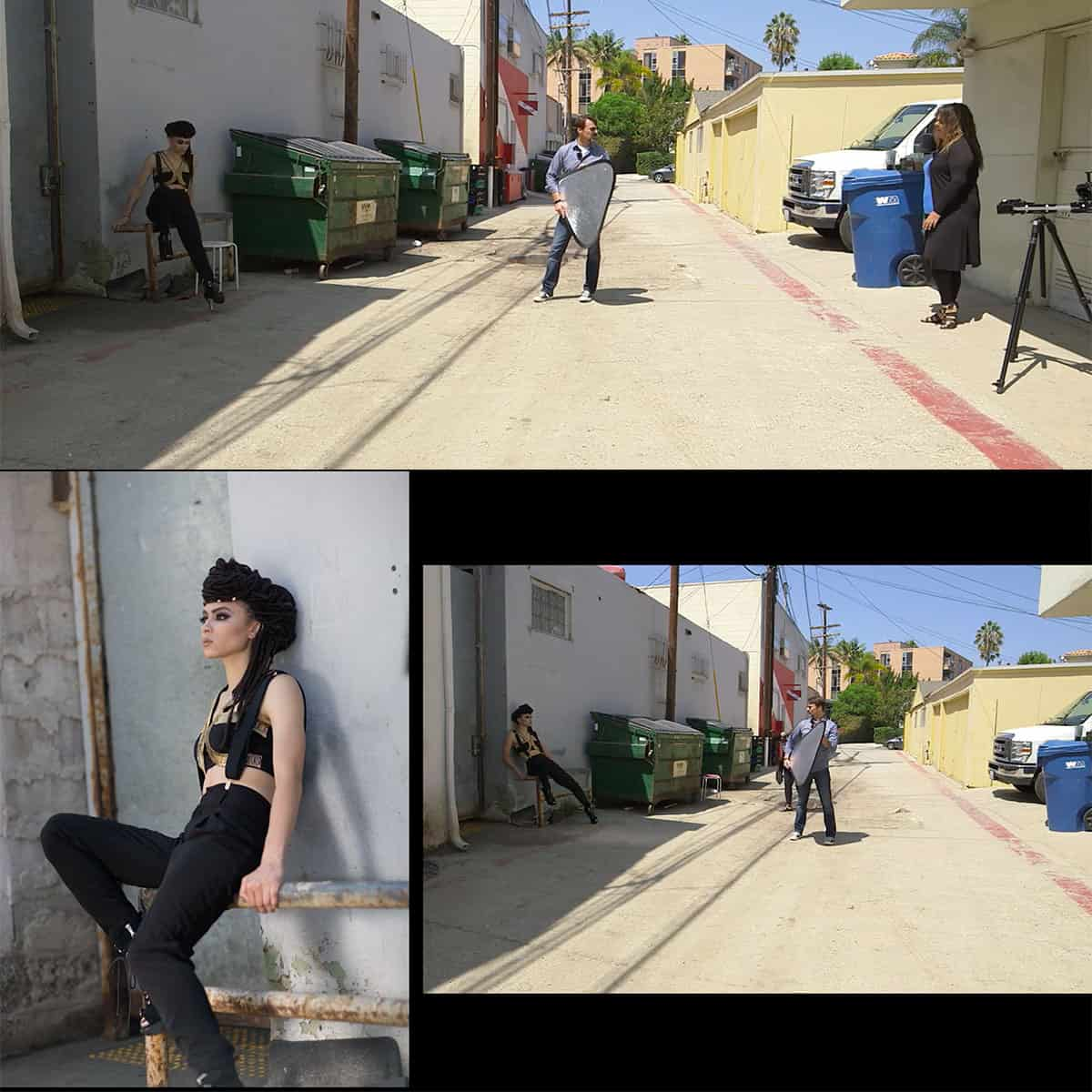Spot Metering in Photography: Achieving Perfect Exposure Made Simple
In photography, understanding and managing exposure is crucial to achieving superior image quality. One essential technique photographers use to control exposure is spot metering. This metering mode allows for precise measurement of light in a specific area of the scene, ignoring other lighting conditions, and helps maintain details in shadows and highlights.
Spot metering can be especially useful when dealing with high-contrast situations and where the primary subject requires accurate exposure. By mastering this technique, photographers can ensure that their images have the correct exposure and convey the intended mood and atmosphere.
Key Takeaways
- Spot metering helps achieve perfect exposure in challenging lighting conditions.
- Mastering this technique can improve overall image quality and detail preservation.
- Spot metering is essential in high-contrast situations where accurate exposure is critical for the subject.
Understanding Metering in Photography
https://www.youtube.com/watch?v=SYJdcXnxfvw&embed=true
Concept of Metering
In photography, metering is the process by which our cameras evaluate the light in a scene to determine the correct exposure settings, such as shutter speed, aperture, and ISO. In the past, cameras didn't have built-in light meters, so photographers had to use external devices to measure light and calculate exposure manually. Modern cameras come with various metering systems that make this process simpler and more accurate.
Different Types of Metering
-
Evaluative Metering (Matrix Metering): This metering mode, also known as matrix metering in Nikon cameras, takes into account multiple areas of the frame and calculates the exposure based on an algorithm that evaluates the entire scene. It is particularly useful for general use and when the scene contains both bright and dark areas. Check out this guide on evaluative metering for more information.
-
Partial Metering: Partial metering is similar to spot metering but covers a slightly larger portion of the frame, typically around 5-10%. It is useful for situations where your main subject is backlit or has a different luminosity than the background. You can learn more about partial metering from this source.
-
Spot Metering: Spot metering measures the light from a very small area, usually between 1 and 5% of the frame. It is precise and ideal for situations where you want to meter on a specific part of your subject, like an eye or a flower's stamen. Find out more about spot metering and its applications in this comprehensive guide.
-
Center-Weighted Metering: This metering mode prioritizes the exposure based on the central area of the frame, while still considering the rest of the image. It can be especially helpful for portraits when you want the subject's face to be well exposed. For a deeper understanding of center-weighted metering, consider visiting this page.
Fundamentals of Spot Metering
What is Spot Metering?
Spot metering is a metering mode in photography that measures the exposure for a small area in the center of the frame. This technique is useful for achieving proper exposure in high-contrast situations where lighting conditions vary significantly within the scene. By focusing on a specific subject, spot metering allows the photographer to ensure that the subject is correctly exposed.
Working of Spot Metering
When using spot metering, the camera evaluates the lighting in the center of the frame, usually less than 5% of the total composition. This small area allows the camera to ignore the surrounding lighting, enabling the photographer to maintain details in both shadows and highlights. It's important to note that since spot metering works with a limited portion of the frame, it may require the photographer to adjust their composition to achieve the desired exposure.
When to Use Spot Metering
Spot metering is especially useful in high-contrast environments where other metering modes may not provide accurate exposure readings. Some common situations where spot metering can be helpful include:
- Portraits: Spot metering is effective for portraits, as it ensures that the subject's face is properly exposed, regardless of the background lighting.
- Backlit subjects: When your subject is backlit, spot metering helps you to expose your subject correctly without overexposing the background.
- Capturing details: In situations with intense shadows or bright highlights, spot metering allows you to retain details in both areas.
In conclusion, spot metering is a valuable tool for photographers seeking to achieve perfect exposure, especially in situations with challenging lighting conditions.
Mastering Exposure Settings
Exposure Triangle
In photography, the exposure triangle refers to the relationship between aperture, shutter speed, and ISO. These three components work together to control the amount of light that reaches the camera sensor and determines the exposure of the image. By adjusting one or more of these components, we can achieve the desired exposure for our photo.
Aperture, Shutter Speed, and ISO
Aperture refers to the size of the opening in the lens, which controls the amount of light that enters the camera. A larger aperture (e.g., f/1.8) lets in more light, while a smaller aperture (e.g., f/16) lets in less light. Aperture also affects the depth of field, which is the range of sharpness in a photo.
Shutter speed is the amount of time the camera's shutter is open, allowing light to reach the sensor. A fast shutter speed (e.g., 1/1000 sec) freezes motion, while a slow shutter speed (e.g., 1 sec) can create motion blur. Our choice of shutter speed depends on the amount of motion in our subject and our desired effect.
ISO is the camera's sensitivity to light. A higher ISO value (e.g., 1600) allows us to capture images in low-light conditions, while a lower ISO value (e.g., 100) is suitable for bright, well-lit scenes. However, higher ISO values can introduce noise or graininess into the image.
Achieving Perfect Exposure
To achieve perfect exposure, we need to carefully balance aperture, shutter speed, and ISO. One method that can help us fine-tune our settings is spot metering, which measures the light in a specific area of the scene. By focusing on the most important part of the image, we can make adjustments to our exposure settings to ensure an optimal result.
When using manual mode, we have full control over each component of the exposure triangle. As photographers, it's essential to practice and experiment with different settings to gain a better understanding of how these variables impact our images. Additionally, monitoring histograms on our camera can help us identify overexposed or underexposed areas and make necessary adjustments in real-time.
In summary, mastering exposure settings involves understanding and manipulating the exposure triangle components and using techniques like spot metering to achieve the desired exposure. With practice and patience, we can create well-exposed, high-quality images in a variety of lighting situations.
Practical Guide to Spot Metering
Using Spot Metering in Different Scenes
When capturing portraits in challenging lighting conditions, such as backlighting, we recommend using spot metering to obtain perfect exposure on the subject's face. For landscapes with high contrast, like a sunrise, spot metering helps retain the details in both the shadows and highlights.
In sports photography, spot metering is beneficial in capturing fast-moving subjects against complex backgrounds. For backlit scenes, it allows a proper exposure on the main subject, while keeping the background details intact. Additionally, spot metering is useful for snowy scenes where the camera might otherwise underexpose the subject due to the brightness of the snow.
Common Mistakes and Solutions
-
Relying on camera's default metering mode: It's essential to switch the metering mode to spot metering, especially when dealing with tricky lighting, like in backlit scenes or high contrast situations. Refer to your camera's user manual to learn how to change the metering mode.
-
Inaccurate reading: Ensure that the selected spot for metering is on a crucial part of your subject, such as the face in portraits, to obtain an accurate exposure reading.
-
Using flash unnecessarily: In situations where spot metering can achieve the desired exposure, avoid using flash as it may harm the natural look of the scene. However, if the subject is too dark or needs additional light, using a fill flash is advisable.
By mastering spot metering, we can achieve perfect exposures in challenging lighting conditions across various photography genres. Remember to practice and adapt these techniques to improve your photography skills.
Conclusion
In our journey to understand spot metering in photography, we've discovered how essential it is for achieving perfect exposure. By focusing on a small area within the frame, spot metering allows us to accurately measure the amount of light on the primary subject. This technique helps us maintain details in shadows and highlights, regardless of the overall lighting conditions.
As photographers, knowing when and how to use this powerful metering mode is crucial. In high-contrast situations, such as bright backgrounds and dark subjects, spot metering can significantly improve our exposure accuracy. Remember, practice and experience are essential for developing an intuitive sense of when to implement this technique.
In conclusion, incorporating spot metering into our photography toolkit enhances our ability to create well-exposed images in various lighting conditions. Mastering this skill will undoubtedly elevate our prowess behind the camera, resulting in captivating and visually pleasing photographs.
Frequently Asked Questions
When should I use spot metering for determining exposure?
We recommend using spot metering in high contrast environments or when capturing subjects with greatly differing brightness levels. It's ideal for situations where you want the main subject to be perfectly exposed, and you can control the amount of light on the primary subject in your photograph 1.
How does spot metering differ from other metering modes?
Spot metering is more precise than other metering modes, as it measures light for a tiny area (between 1 and 5% of the image) that you've selected with your focus point 2. Other modes, such as matrix or evaluative metering, take light readings from multiple areas of the scene and average them to determine the overall exposure.
What are the best scenarios for using spot metering?
Some ideal scenarios for using spot metering include capturing portraits in strong backlight, photographing subjects with a bright or overly dark background, and ensuring small yet important details within a scene are correctly exposed, such as a stamen in a flower or a faraway building in a landscape 3.
How do I properly use spot metering in high contrast situations?
In high contrast situations, you should aim to expose your main subject correctly using spot metering. For instance, if you're photographing a backlit subject, you can meter for the subject's face, ignoring the brighter background 4. This ensures your primary subject is well-exposed while allowing other parts of the frame to be overexposed or underexposed as needed.
Are there any specific camera settings to optimize spot metering?
To optimize spot metering, we recommend shooting in manual mode 5. This allows you to control your aperture, shutter speed, and ISO according to the camera's exposure indicator. As you make adjustments, keep an eye on the exposure indicator to ensure you're achieving the desired exposure for your main subject.
How can I practice using spot metering to improve my photography skills?
Begin by practicing with different subjects in various lighting conditions to understand how spot metering affects your images. Compare the results with other metering modes to see the difference in exposure. Experiment with adjusting aperture, shutter speed, and ISO while keeping an eye on the exposure indicator to achieve the perfect exposure for your subject 6. Over time, this practice will help improve your ability to accurately and consistently expose your primary subject using spot metering.


